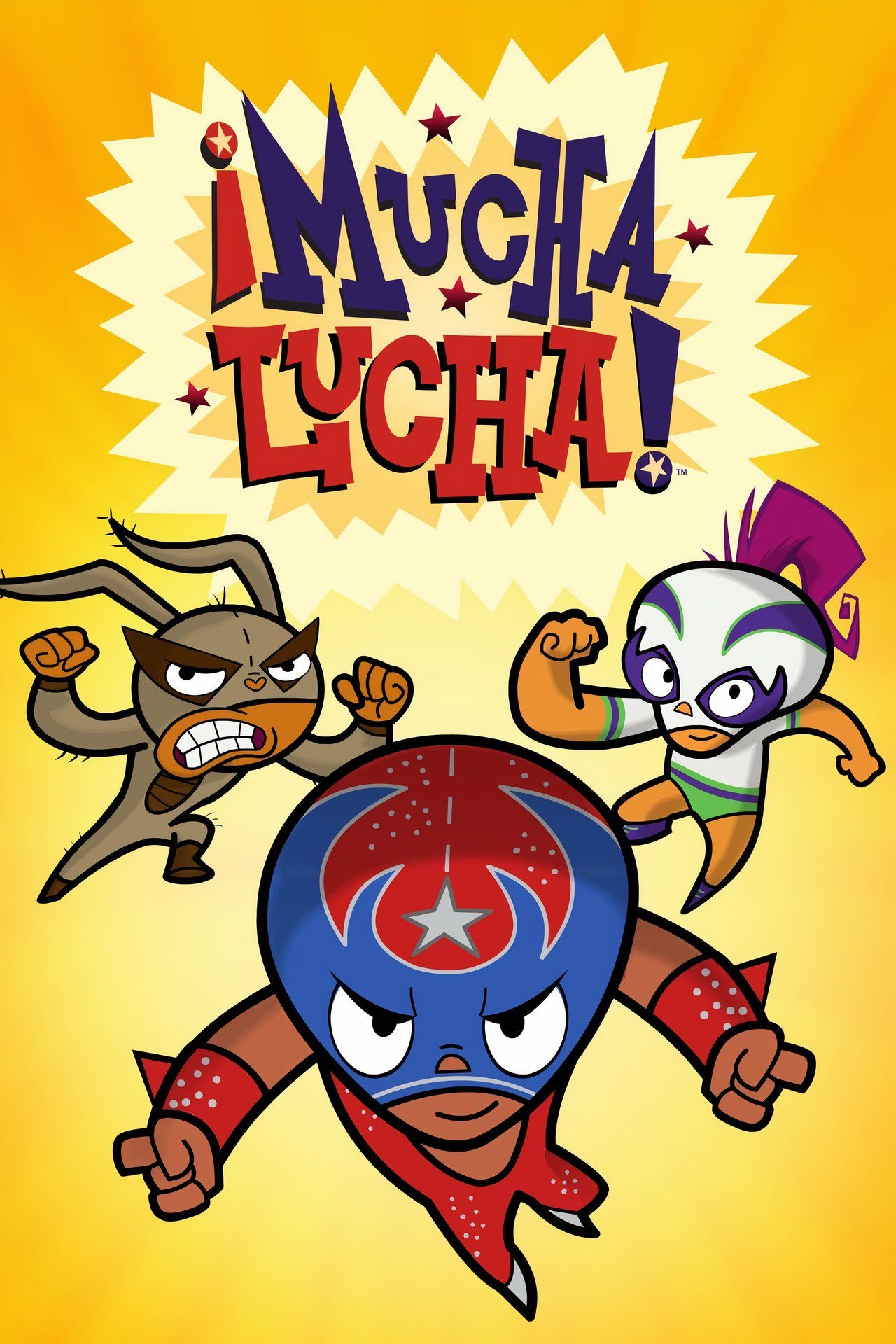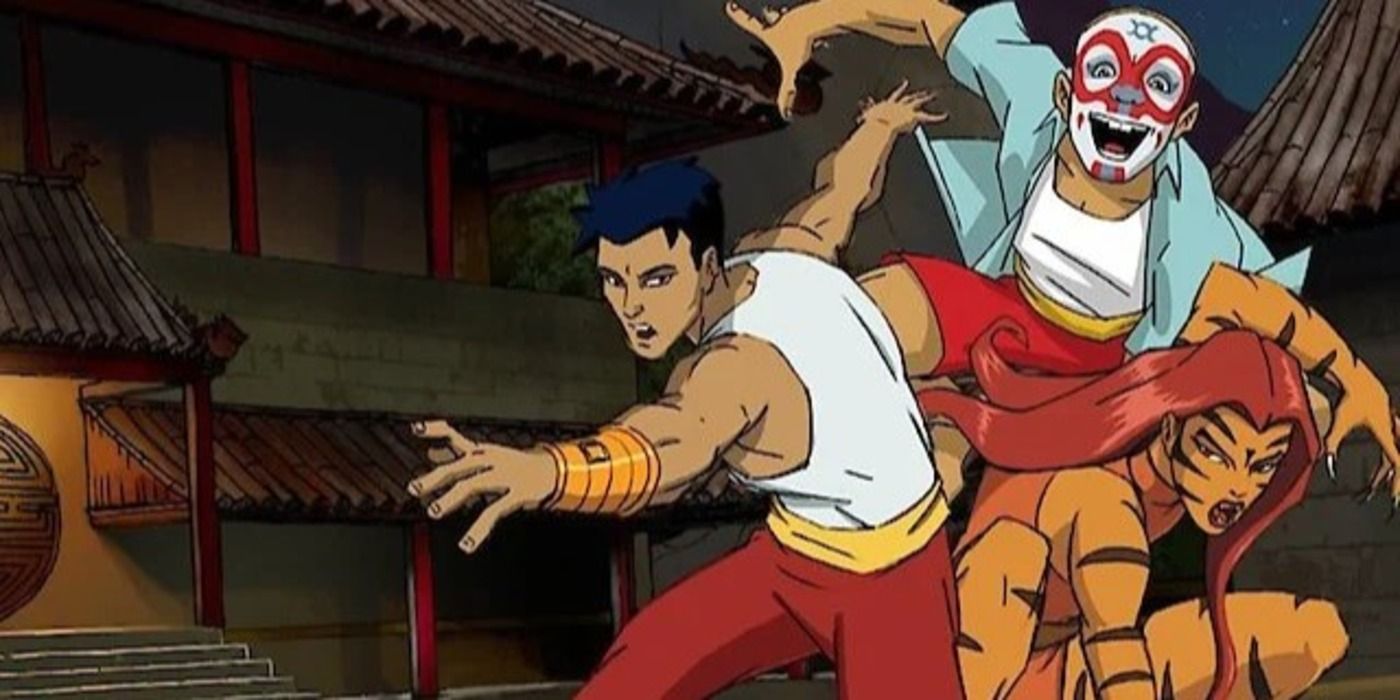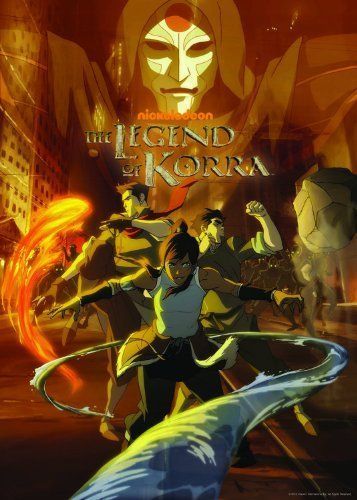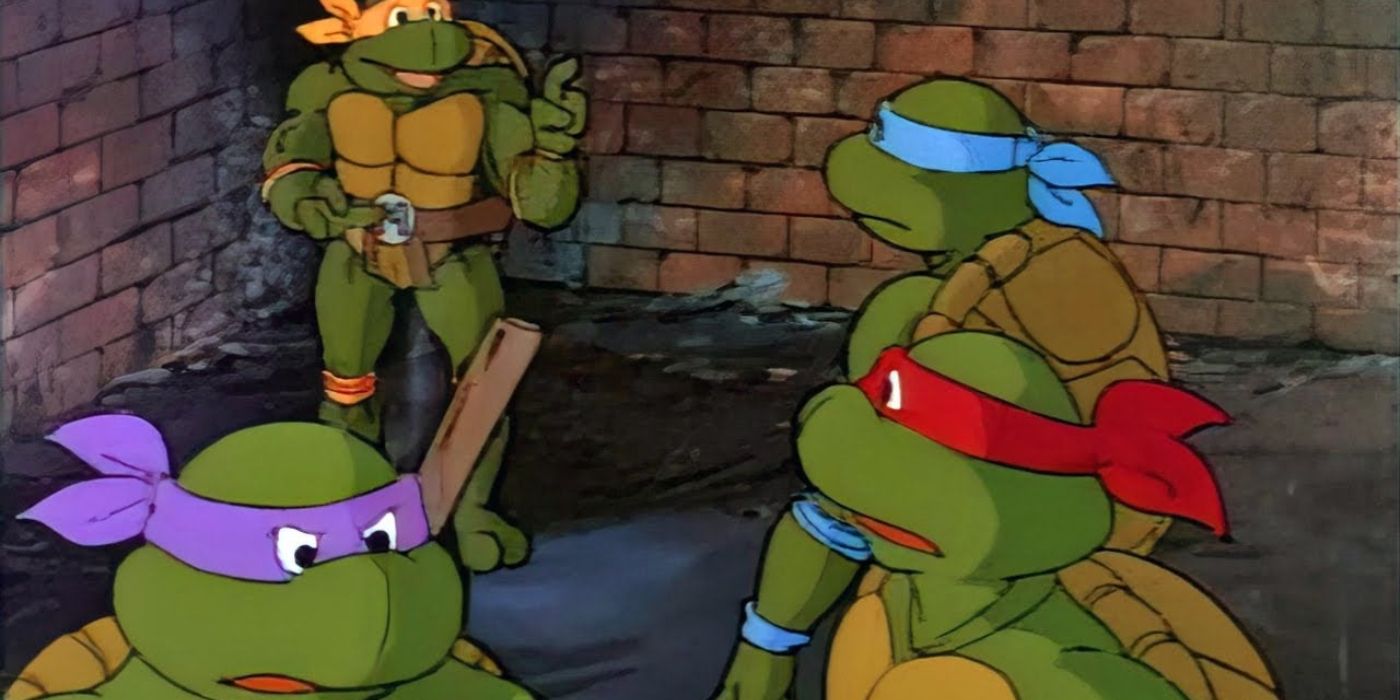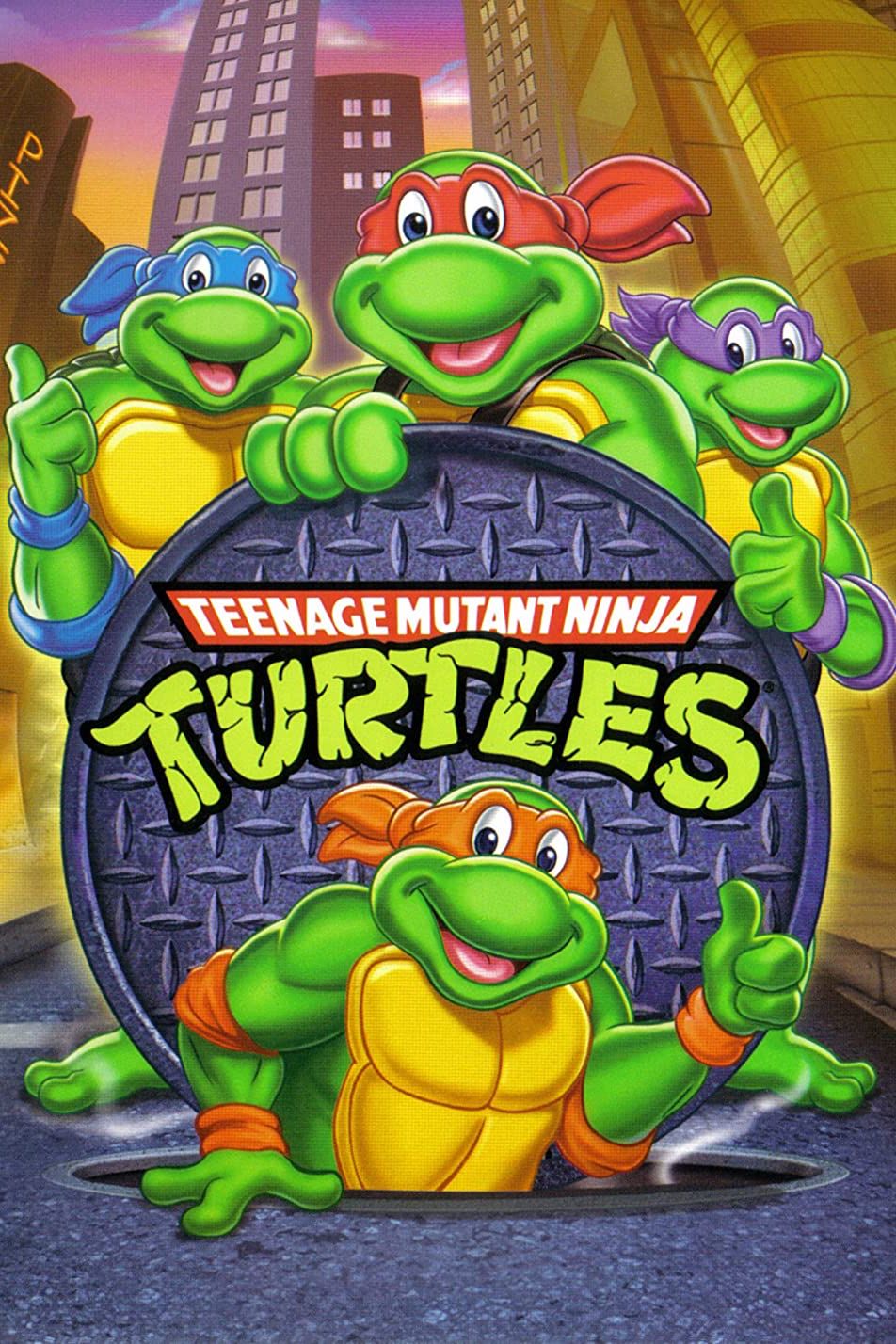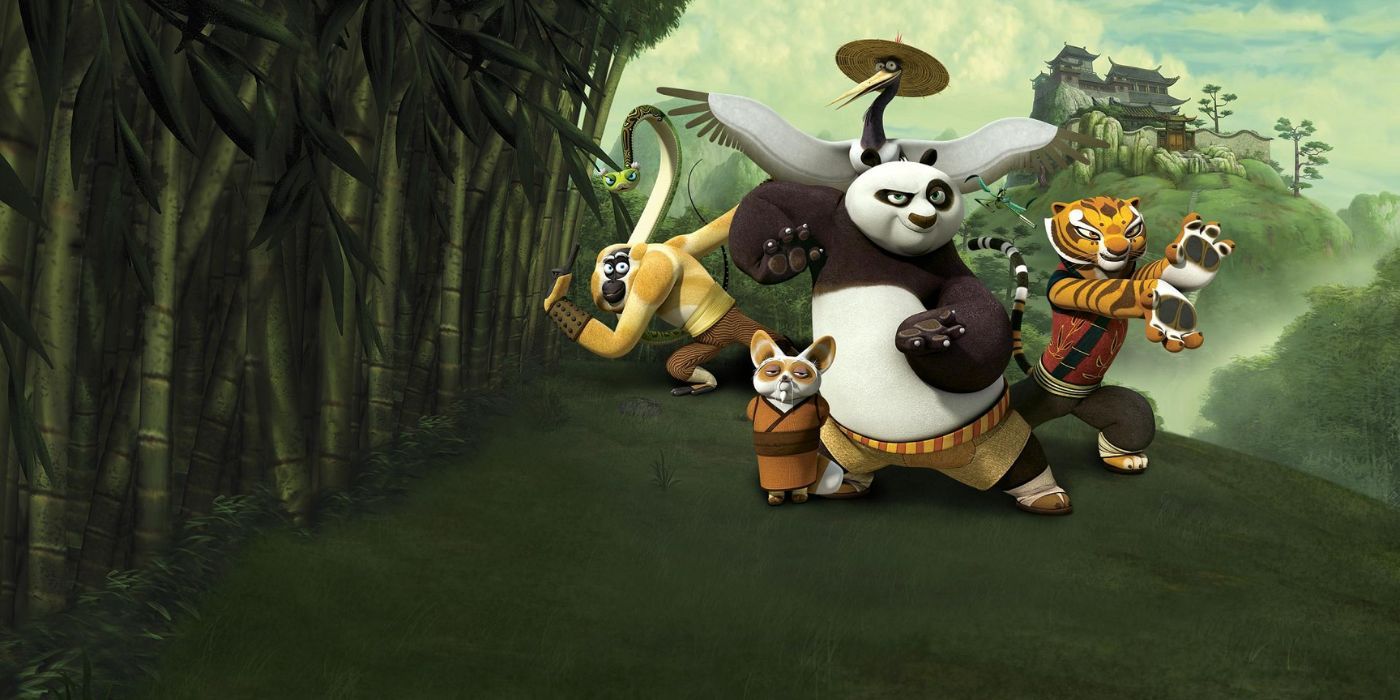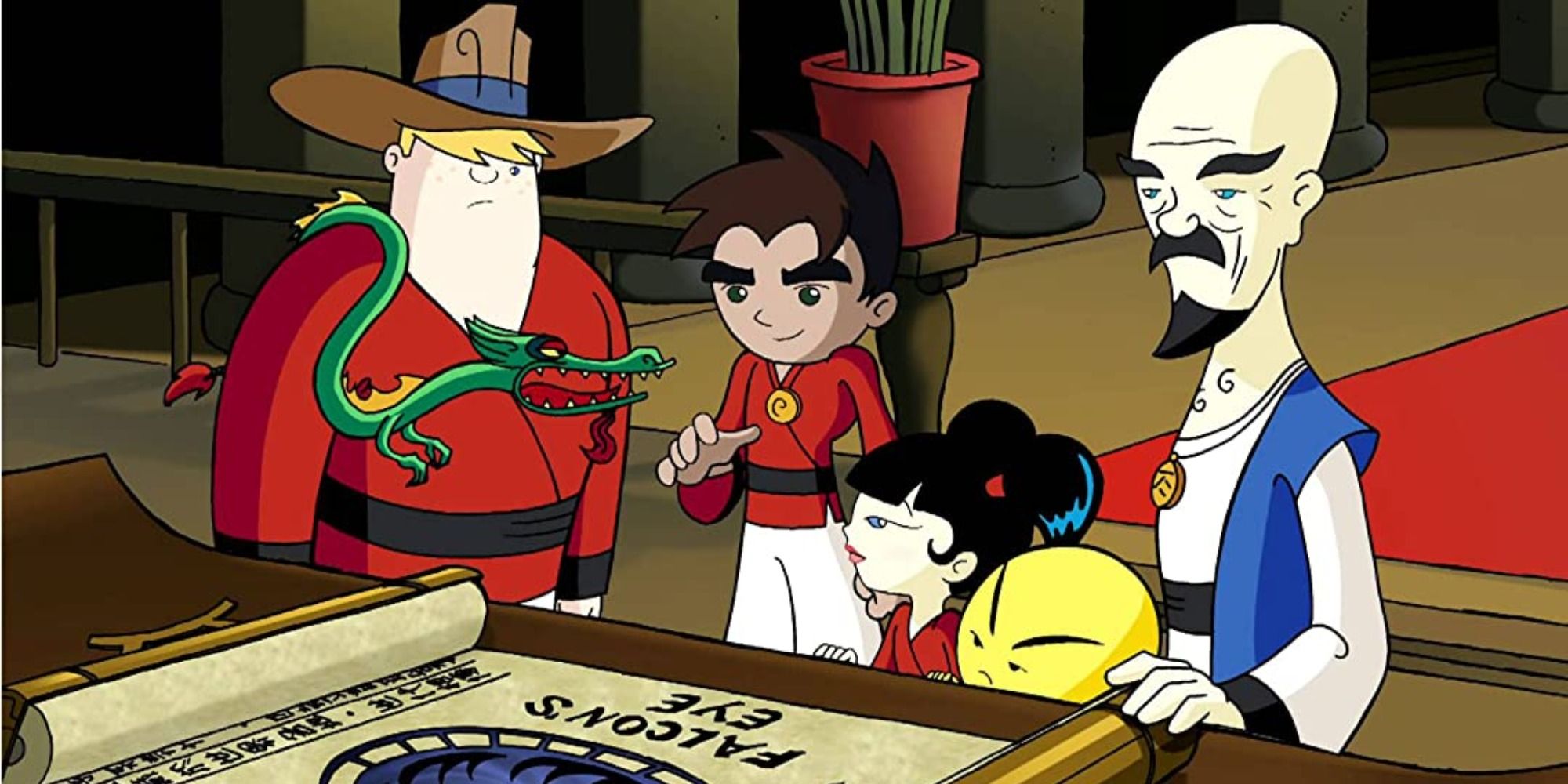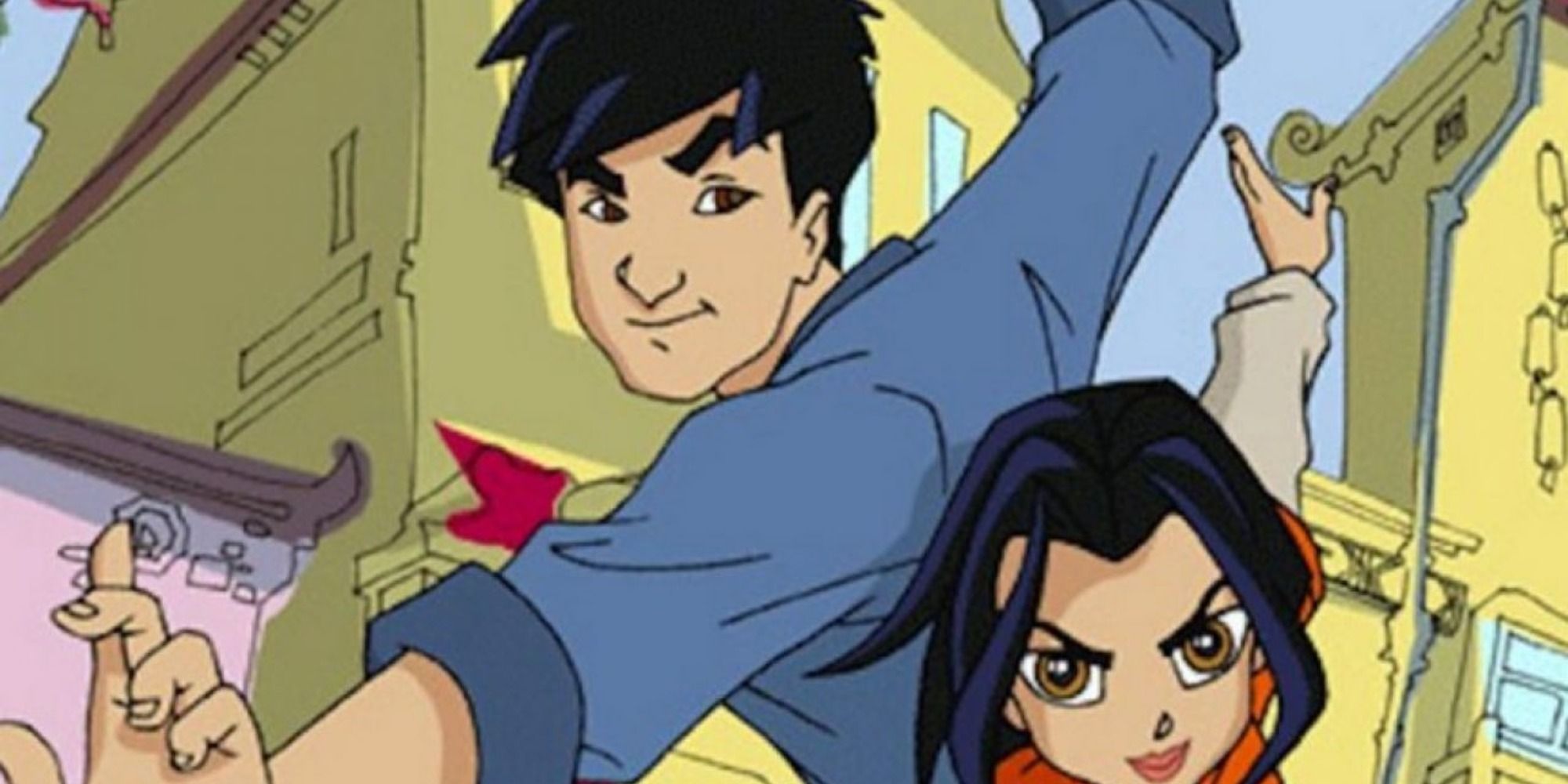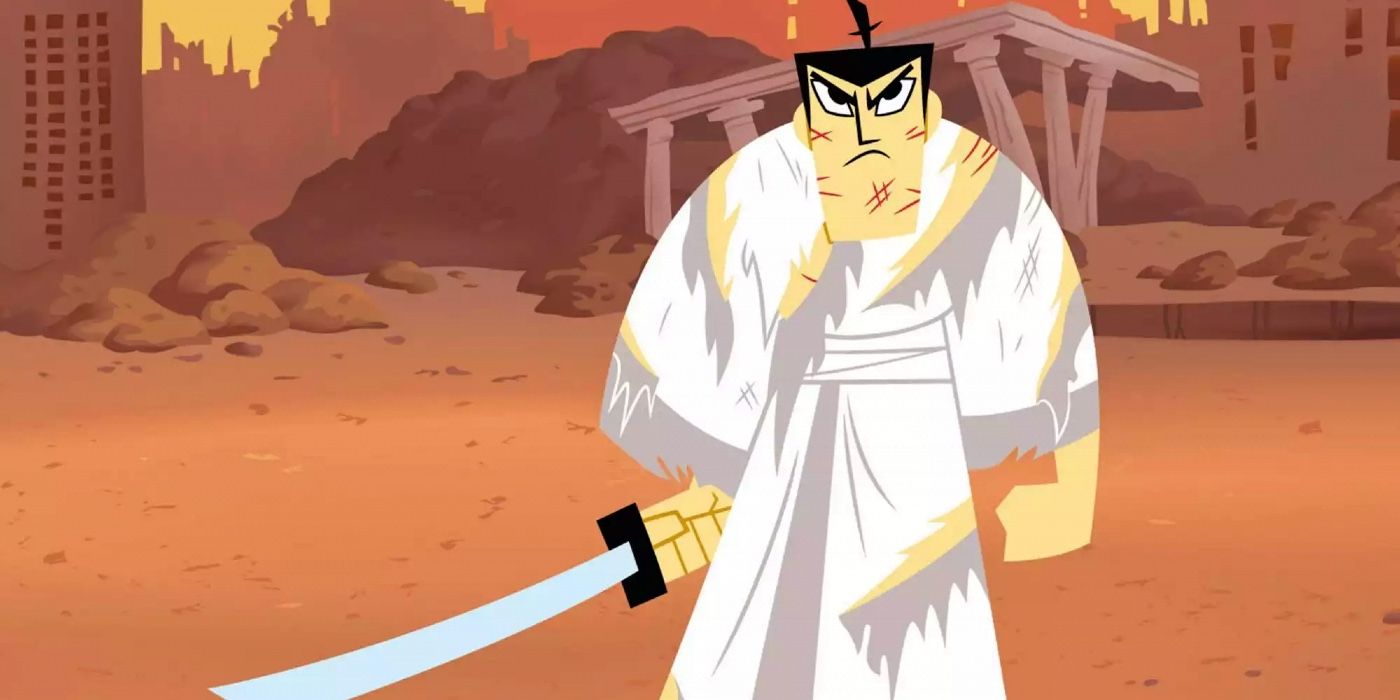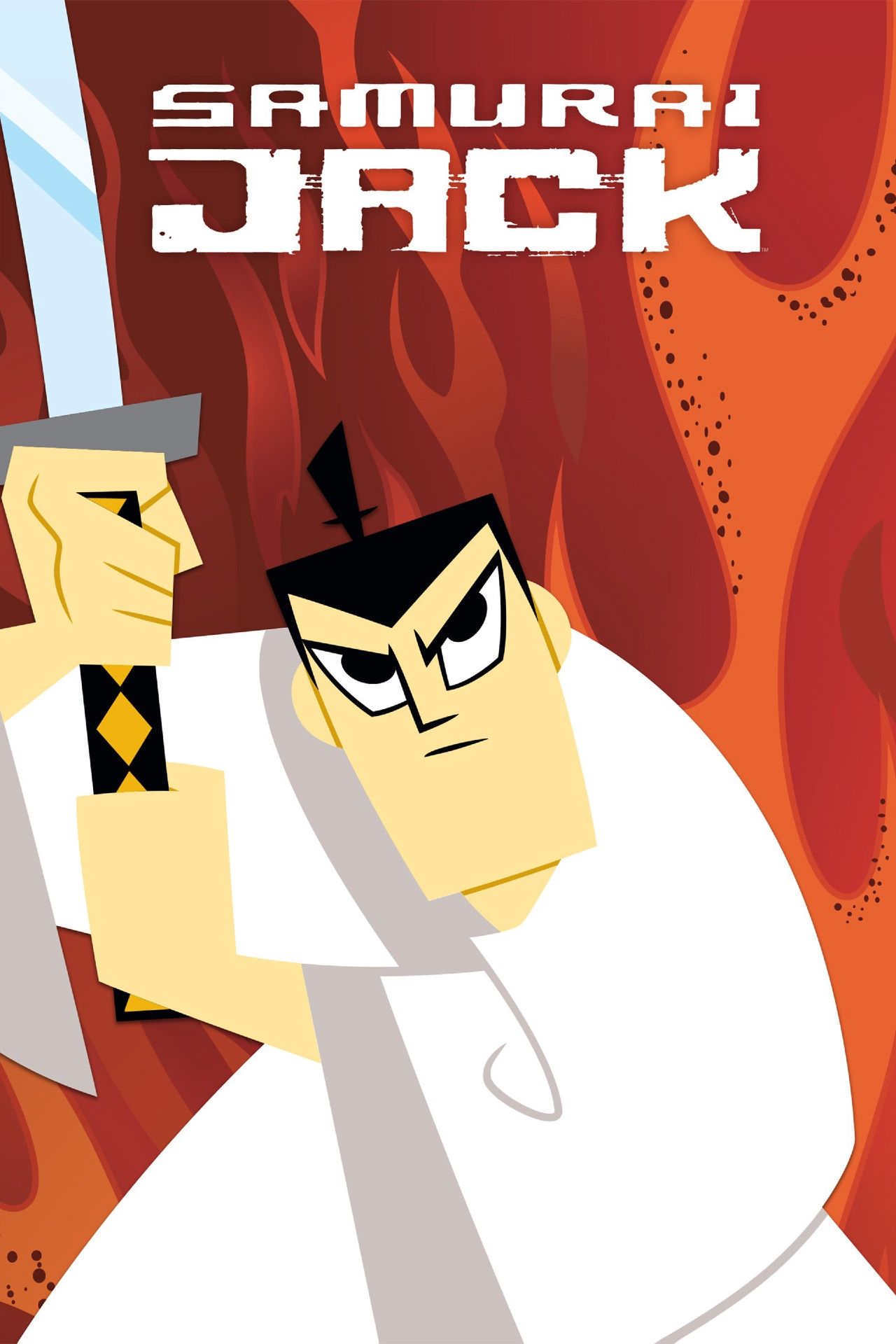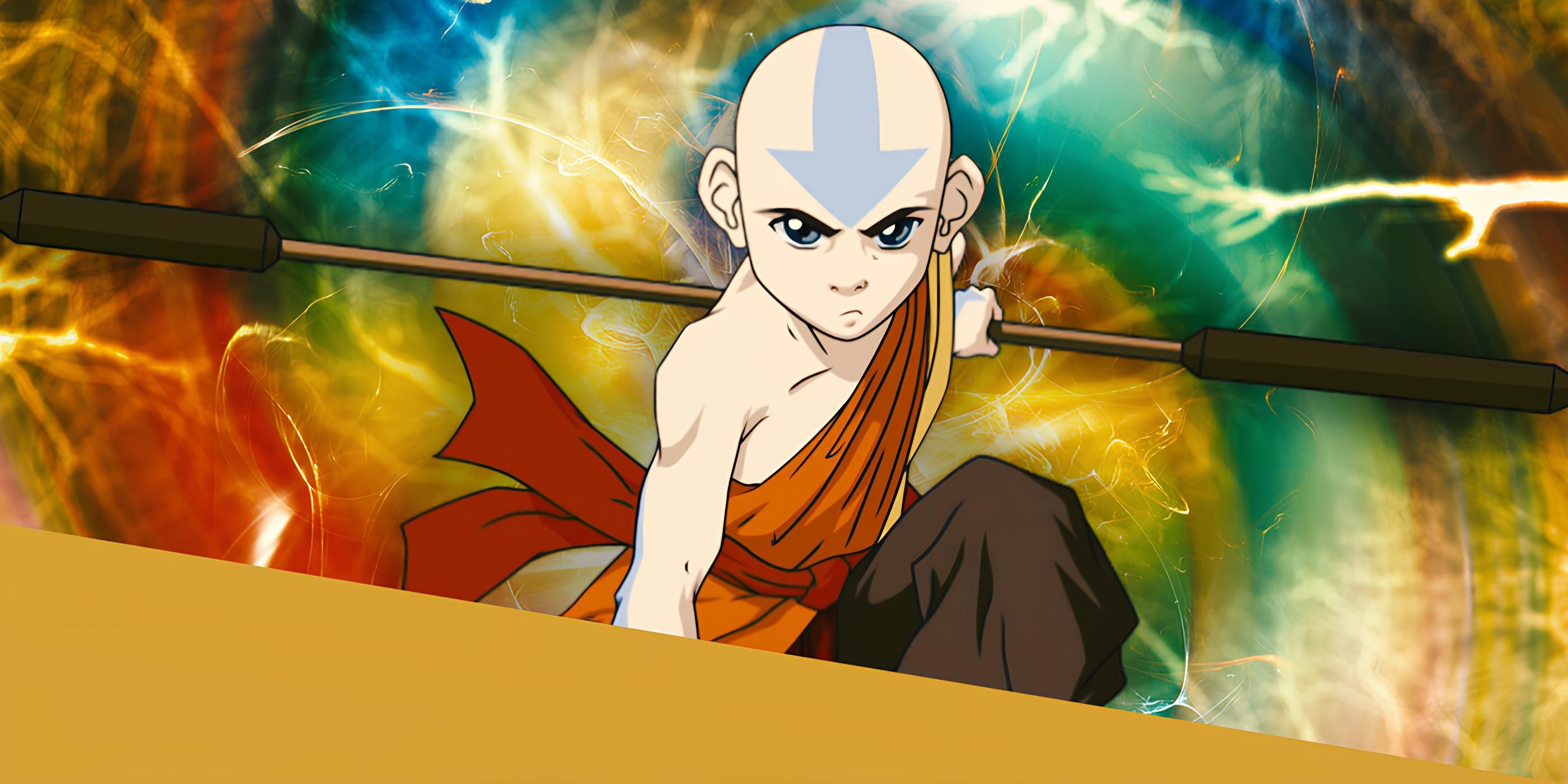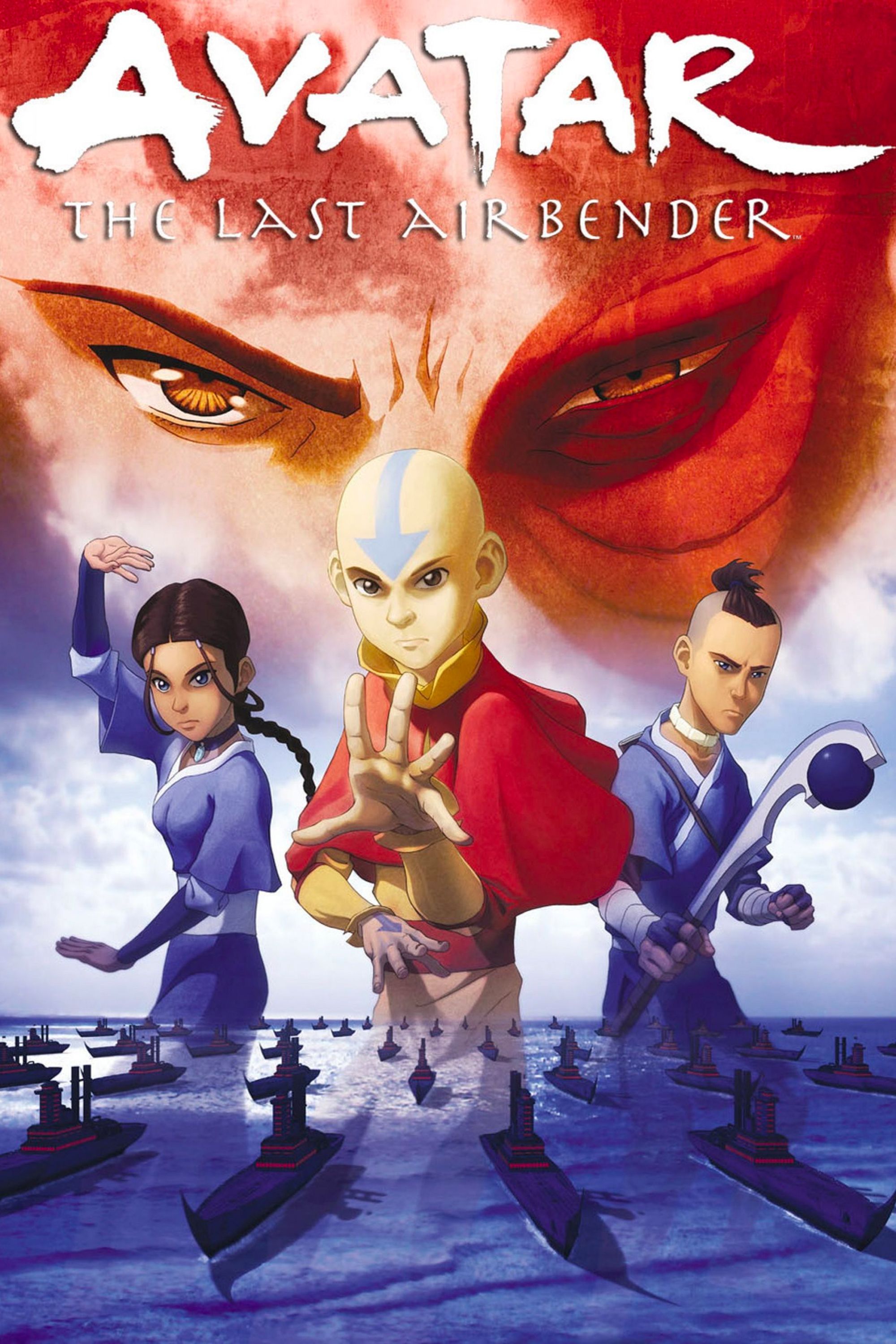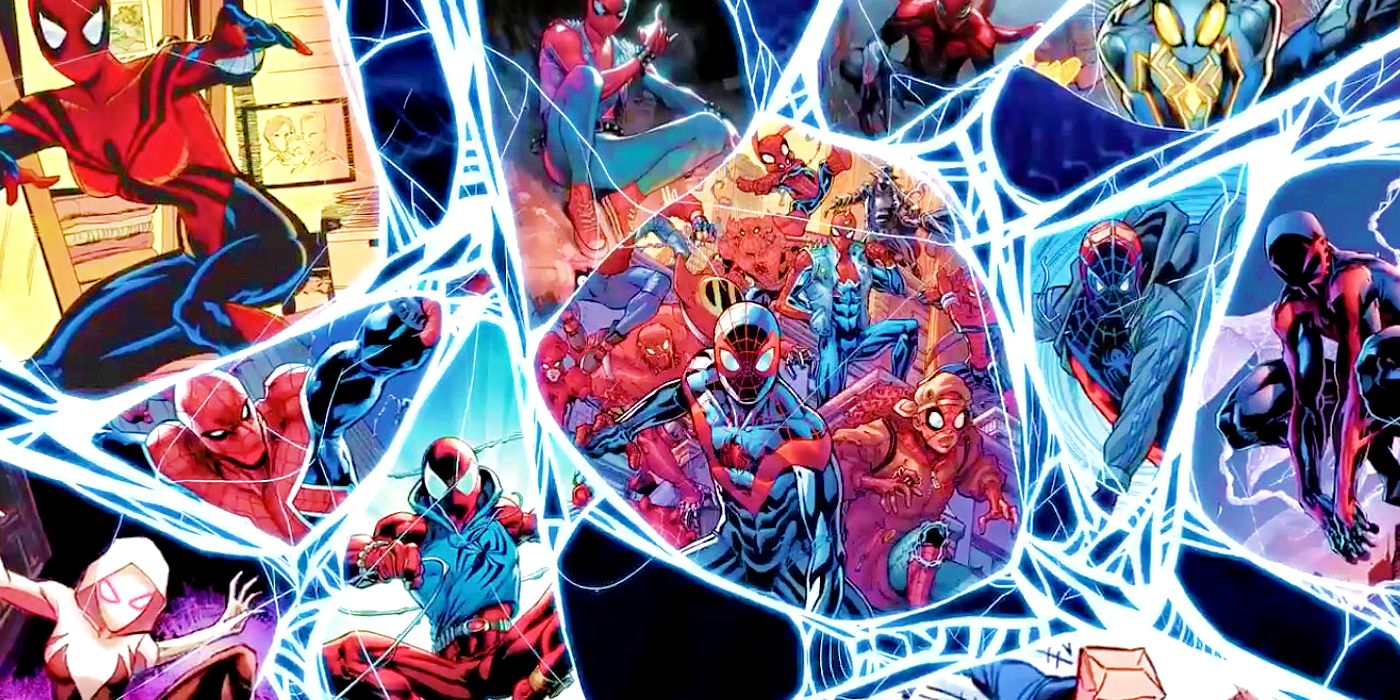While martial arts animated series are often associated with anime, plenty of other styles of animation have excelled in this type of programming. Although many of the most famous examples of martial TV shows, such as Dragon Ball and Naruto, stemmed from Japan, Western animation studios also produced some of the greatest examples of this genre. Martial arts as a discipline teaches its practitioners about the virtues of consistency, mindfulness, and training, which makes it the perfect topic for the life lessons taught to young viewers in many animated series.
Some of the greatest animated series explored themes around martial arts and the virtues of fighting for what is right. By blending different genres such as action, fantasy, and sci-fi in series populated by skilled fighters, the narrative potential of battles between good and evil is endless. While many of these series were influenced by anime classics, they also carved out an identity that was all their own and proved the popularity of martial arts media worldwide.
10 ¡Mucha Lucha! (2002 – 2005)
3 Seasons
The Kids’ WB series Mucha Lucha centered around Luchaville, a Southern California town where nearly everyone wears a lucha libre costume and plays a role in the world of Mexican wrestling. With each character striving to perfect their signature move, Mucha Lucha was a fun-filled kids’ animated series that explored a seldom depicted style of martial arts and paid tribute to Mexican culture. With wrestling moves so powerful that the users were capable of transforming as they used them, Mucha Lucha blended fantasy and fighting to tell a unique story of kids learning life lessons through sport.
Mucha Lucha mainly centered on three students, Rikochet, Buena Girl, and the Flea, as they struggled through the Foremost World-Renowned International School of Lucha, where they learned the art of wrestling. Mucha Lucha ran for three seasons and concluded with a 2005 movie titled ¡Mucha Lucha!: The Return of El Maléfico, which saw the friends threatened by a dark force and do everything in their power to send the evil back from whence it came. While a potential revival called Mucha Lucha! Para Siempre was proposed in 2014, focusing on teenage versions of the characters, sadly, it never came to fruition.
9 Legend of the Dragon (2005 – 2008)
2 Seasons
The CBBC animated series Legend of the Dragon was a fantastic martial arts fantasy show that disappointingly ended on a cliffhanger after two seasons. Telling the story of Ang, The Golden Dragon, as he protects the twelve zodiac temples against his sister, Ling, the Shadow Dragon, Legend of the Dragon brought together Eastern martial philosophies with the sensibilities of Western animation. Beginning with the passing of the Golden Dragon into the afterlife, the two siblings soon learned that they were next in line to protect the mortal world from evil.
However, sibling rivalry causes Ang’s sister to turn to the dark side, and much of the series conflict stems from the evil power of the Shadow Dragon and the attempt to restore Ling to the pursuit of justice. By taking influence from classic anime martial arts series, Legend of the Dragon felt like the Western answer to popular series like Dragon Ball. While the show never quite reached the same audience levels as its anime counterparts, it was still a shame that viewers never saw the conclusion of Legend of the Dragon after it was prematurely canceled.
8 The Legend of Korra (2012 – 2014)
4 Seasons
The Legend of Korra was the sequel to Avatar: The Last Airbender, which told the story of Korra, the successor and reincarnation of Aang from the previous series. While The Legend of Korra never quite reached the masterful heights of its predecessor, this was a worthy follow-up that expanded upon the world of water, earth, fire, and air benders seen across the four nations. With a new female protagonist, The Legend of Korra continued to deal with complex ideas of life, death, love, and virtue but was now imbued with a more feminist style as the show tapped into LGBTQ+ themes.
Much like Aang before her, Korra also dealt with incredible pressure being the Avatar as she faced spiritual and political challenges in a much more modernized world. With the same high-quality animation as before, Korra’s story was packed with philosophical intrigue as she became one of the most complex female characters on television, animated or otherwise. The Legend of Korra was a trailblazing show that pushed what could be achieved on children’s television into brave new territory.
7 Teenage Mutant Ninja Turtles (1987 – 1996)
10 Seasons
While the Ninja Turtles originated as a satirical comic book series and have since gone on to star in several popular live-action feature films, most Millennials will know them primarily from their highly popular animated TV show. With one of the catchiest theme tunes of all time and an outlandish sense of humor, Teenage Mutant Ninja Turtles was one of the most popular kids series of the late 1980s and early 1990s. As a prime example of the power of merchandising, the Ninja Turtles action figures, games, and even breakfast cereals were major sellers worldwide.
Outside of anime releases, Teenage Mutant Ninja Turtles was the first exposure most young kids had to martial arts television series when it was on the air. The Turtles were so popular that, to many, the names Leonardo, Donatello, Michelangelo, and Raphael have a lot more to do with fighting crime than they do with Renaissance painters. As highly skilled martial artists and clever crime-fighting turtles, these heroes in half-shells have become true icons of kids’ animation.
6 Kung Fu Panda: Legends of Awesomeness (2011 – 2016)
3 Seasons
The Kung Fu Panda film franchise has been a huge success for Dreamworks, so it’s no surprise that they opted to continue telling the story of Po on the small screen. First airing in 2011, Kung Fu Panda: Legends of Awesomeness served as a bridge between the first and second movies, although much of the voice cast was replaced with Jack Black’s iconic characterization of Po being mimicked by Mick Wingert. However, Lucy Liu and James Hong did come on board to reprise their film roles as Viper and Mr. Ping.
Kung Fu Panda: Legends of Awesomeness didn’t quite have the same cinematic quality as the movies, yet it remained an exciting spin-off for kids who just couldn’t get enough of this series. With more small-scale adventures, Legends of Awesomeness recaptured much of the spirit and fun of the film versions as it expanded upon the lore of the world. Since its conclusion, Kung Fu Panda has remained popular, and a sequel series with Black back voicing Po titled Kung Fu Panda: The Dragon Knight premiered on Netflix in 2022.
5 American Dragon: Jake Long (2005 – 2007)
2 Seasons
American Dragon: Jake Long took the martial arts mysticism that served as the basis for so many hit anime shows and transferred it to New York City. Focusing on the Chinese-American boy Jake Long, a seemingly ordinary teenager who can transform into a dragon, this Disney series saw him trying to balance the everyday challenges of adolescence with the need to protect magical creatures in his city. As Jake faced off against a cult of ninjas known as the Huntsclan, martial arts battles were central to the series.
Running for just two seasons, American Dragon was extended into video games, books, and even a TV crossover with Lilo and Stitch. The show’s engaging story that saw Jake face off against his best friend Rose, who he did not realize had been raised by his archenemy, the Huntsman, and had been trained in their villainous group’s evil ways. With impressive animation, an enjoyable premise, and strong world-building, American Dragon showcased that it was not only anime that could pull off great martial arts cartoons.
4 Xiaolin Showdown (2003 – 2006)
3 Seasons
Xiaolin Showdown was an incredible Kids’ WB show that expertly combined Eastern and Western culture with enjoyable worldbuilding. Focusing on a group of martial students learning life lessons about the nature of good versus evil, these teen martial artists embarked on a quest to gather the legendary Shen Gong Wu. These magical artifacts imbued the characters with special powers that were utilized to take down their enemies in fantastical duels known as Xiaolin Showdowns.
Not only did Xiaolin Showdown have an intriguing concept, but its slowly revealed narrative was a masterclass in pacing as this clever series developed its character’s backstories over three incredible seasons. With great villains and an ensemble cast led by the dragon-in-training Omi, Xiaolin Showdown was truly one of the most underrated kids’ shows of the 2000s. A successor series called Xiaolin Chronicles also premiered in 2013, which continued the story of Omi and his fellow fighters.
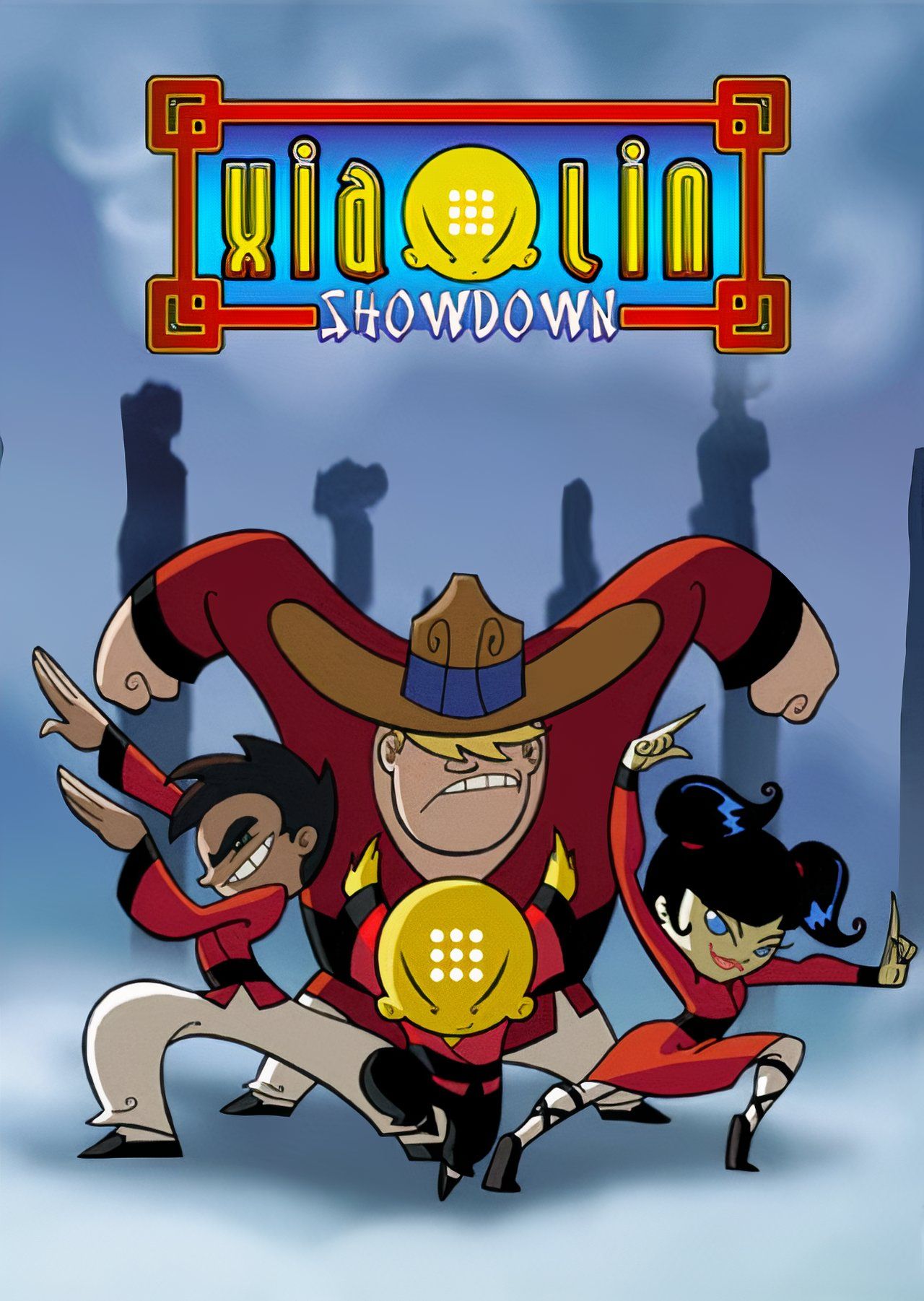
Xiaolin Showdown is an animated television series that follows four young monks in training—Omi, Kimiko, Raimundo, and Clay—as they search for mystical artifacts called Shen Gong Wu. Guided by their wise master, the monks use these artifacts to combat the evil boy genius Jack Spicer and other villains. The series showcases their journey to protect the world while mastering their elemental abilities and growing into Xiaolin warriors.
- Release Date
- November 1, 2003
- Seasons
- 3
- Creator(s)
- Christy Hui
3 Jackie Chan Adventures (2000 – 2005)
5 Seasons
While viewers worldwide will be aware of Jackie Chan’s status as perhaps the greatest kung fu movie star of all time, not everyone will have seen his highly underrated animated series. Jackie Chan Adventures starred a fictional version of the martial star as he worked as an archaeologist and secret agent who, with the help of family and friends, fought against supernatural forces. With plenty of references to Chan’s movie career, Jackie Chan Adventures was a fun-filled series that could be enjoyed by younger viewers and older kung fu fans alike.
Jackie Chan Adventures featured Chan facing off against demons, ghosts, and spirits as he sought to gather 12 talismans representing the Chinese zodiac symbols. By mixing Chinese mythology and folklore with world-spanning locations that saw Chan traveling through Europe and Central America, this kid’s show was influenced by anime series and was an interesting mix of Eastern and Western styles. While Chan himself did not voice his own character, he would appear in live-action intros to offer insights into Chinese history, culture, and philosophy, as well as to answer fan questions.
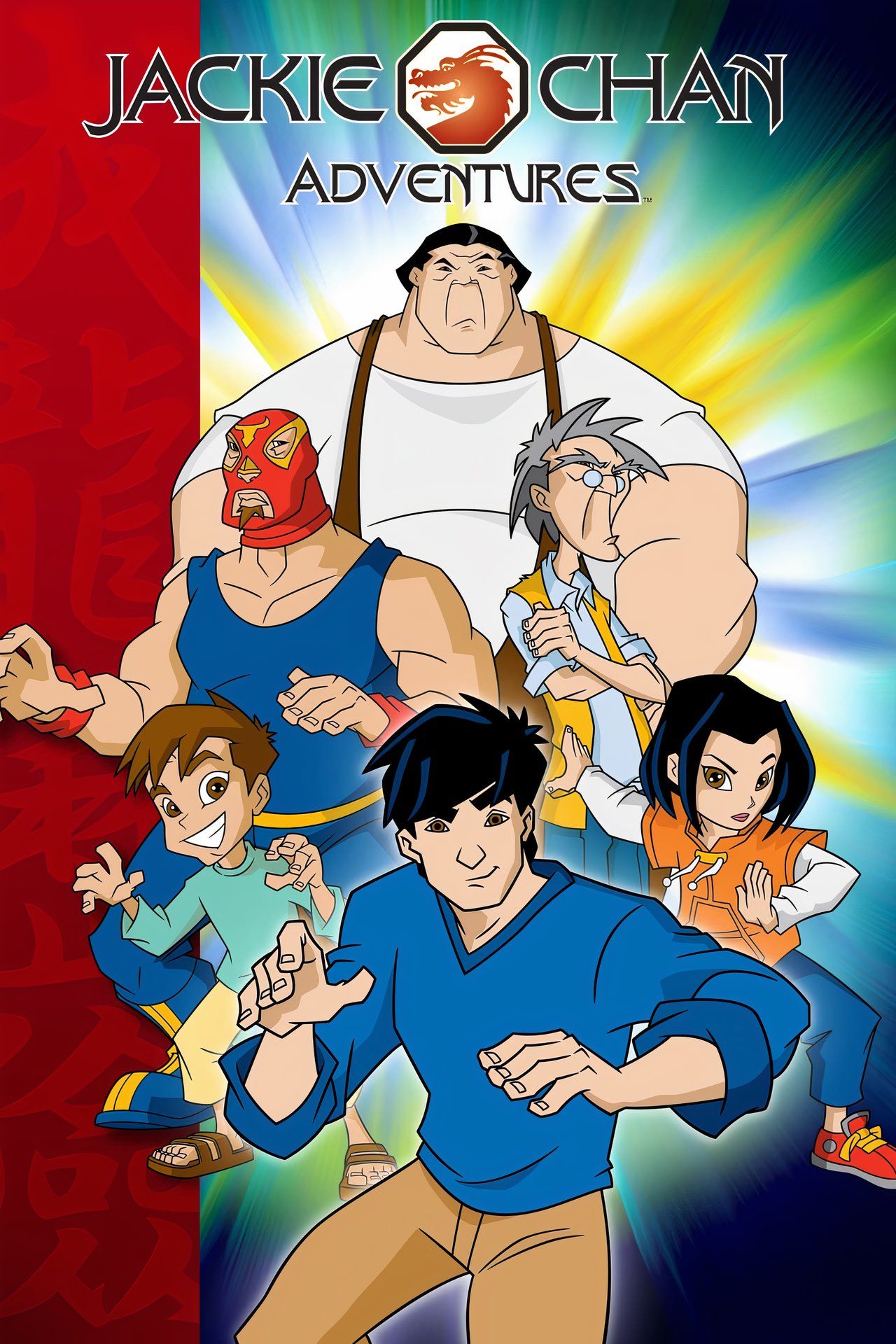
Jackie Chan Adventures is an animated television series featuring Jackie Chan as an archaeologist and martial artist. The show follows Jackie, his niece Jade, and their friends as they embark on a series of adventures to collect magical talismans and protect them from the villainous Dark Hand organization. With a blend of action, mythology, and humor, the series aired from 2000 to 2005.
- Release Date
- September 9, 2000
- Seasons
- 5
- Creator(s)
- Duane Capizzi , Jeff Kline , John Rogers
2 Samurai Jack (2001 – 2004, 2017)
5 Seasons
After already creating Cartoon Network classics like Dexter’s Lab, Genndy Tartakovsky took things to the next level with his masterpiece, Samurai Jack. This dystopian action-adventure series featured a Japanese samurai who was unwittingly propelled into the future as he sought to defeat the evil, shapeshifting demon named Aku. With a complex and engaging story, distinctive animations that uniquely utilized shape and color, and a thematically rich world of friends and foes, Samurai Jack told a powerful story about the value of perseverance and the incredible merit of never giving up.
With a truly epic story that blended martial arts, sci-fi, and dystopian stories, Samurai Jack was a classic hero’s journey about a man who is exposed to a world he knows nothing about and is forced to learn and adapt to endless challenges. While Samurai Jack ended in 2004 without ever having finished its overarching plotline, it was revived in 2017 with a much darker and far grittier tone. This allowed viewers to finally witness the showdown between Jack and Aku in a climactic conclusion that solidified its place as one of the greatest animated series ever made.
1 Avatar: The Last Airbender (2005 – 2008)
3 Seasons
With a thematic depth that addressed social and political issues while expanding upon its well-imagined mythology, Avatar: The Last Airbender truly stood leagues above the rest when it came to non-anime martial arts shows. Telling the story of Aang, the last survivor of his air-bending nation, and his quest to restore the balance between the Water Tribes, Earth Kingdom, Fire Nation, and Air Nomads, this Nickelodeon series took many cues from Eastern history, philosophy, and mythology to create something entirely new that’s popular worldwide.
Avatar: The Last Airbender was one of the most complex and insightful children’s animated series ever made. With a strong sense of humor, beautiful animation, and a real sense of heart and passion for adventure at the center of its narrative, it was thrilling to watch how not just Aang but also his companions Katara, Sokka, and Toph acquired skills and matured throughout its three seasons. The continued legacy of Avatar in the form of sequels, films, and live-action adaptations proves its enduring legacy as a true modern classic.

